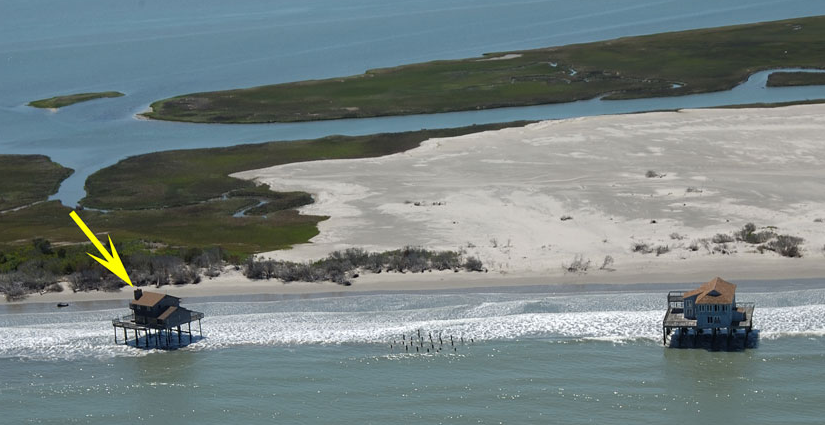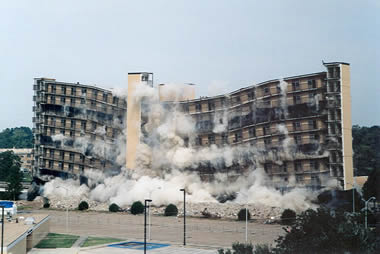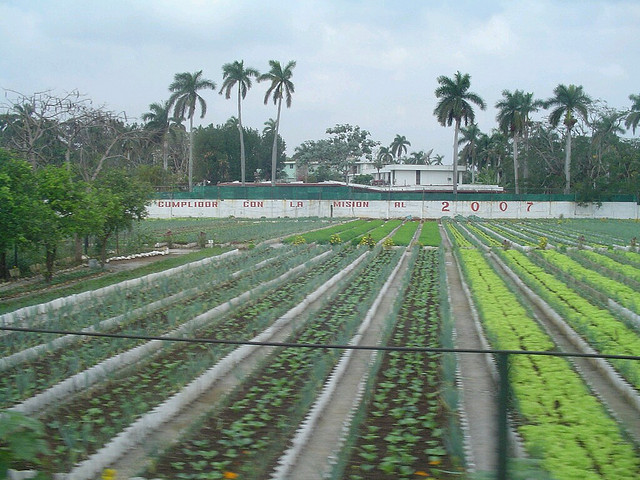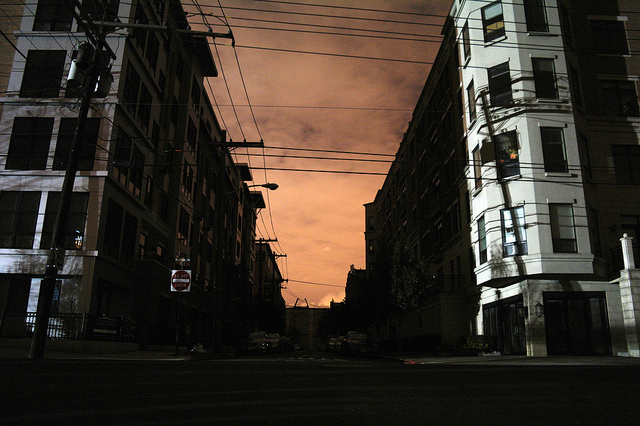Podcast: Play in new window | Download
Subscribe: RSS
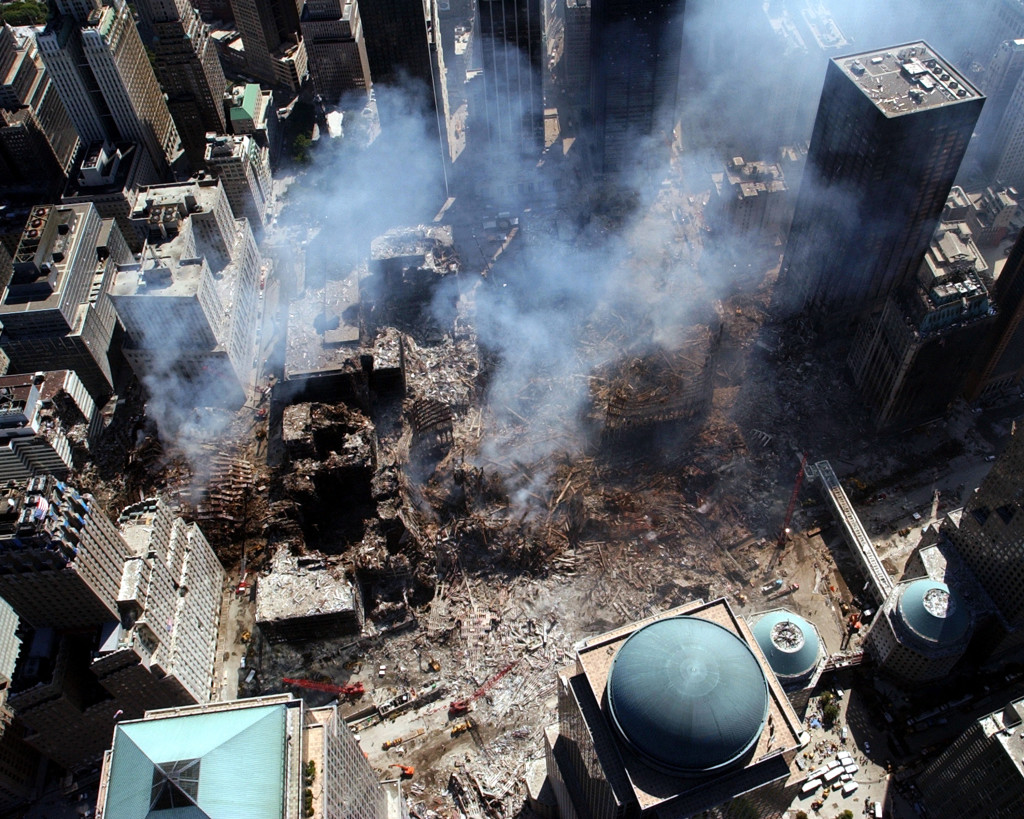
Say “terrorist attack” to us and, like Rudy Giuliani asked how he’s feeling, we immediately respond “Nine-eleven!” But in the 14 years since 9/11, it’s not Al Qaeda operative who have been killing us. We have met the enemy, as Walt Kelly told us so long ago, and he is us. (US Navy/Wikipedia photo.)
[From three years ago, this post seemed relevant today. We’ve learned so much since then…]
“The domestic radical right has killed more people than radical Islam since 9/11 in the United States, without a doubt.” Those are the words of Ryan Lenz, principal writer of a Southern Poverty Law Center study of violent “terrorist” attacks that occurred in the U.S. between 2009 and 2015. In a classic example of confusing ideologues with facts, the SPLC study found that while US security officials were focused exclusively on protecting against foreign organizations of Islamic extremists, Americans were steadily being picked off by home-grown, Christian lone wolves. Continue reading

